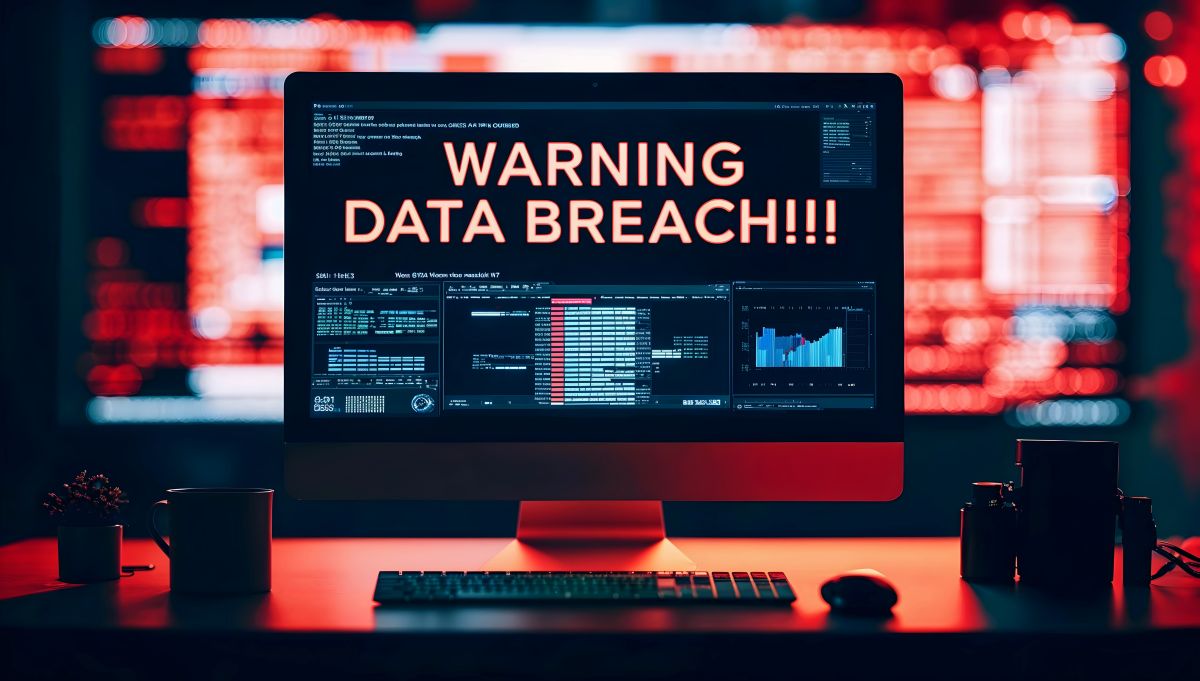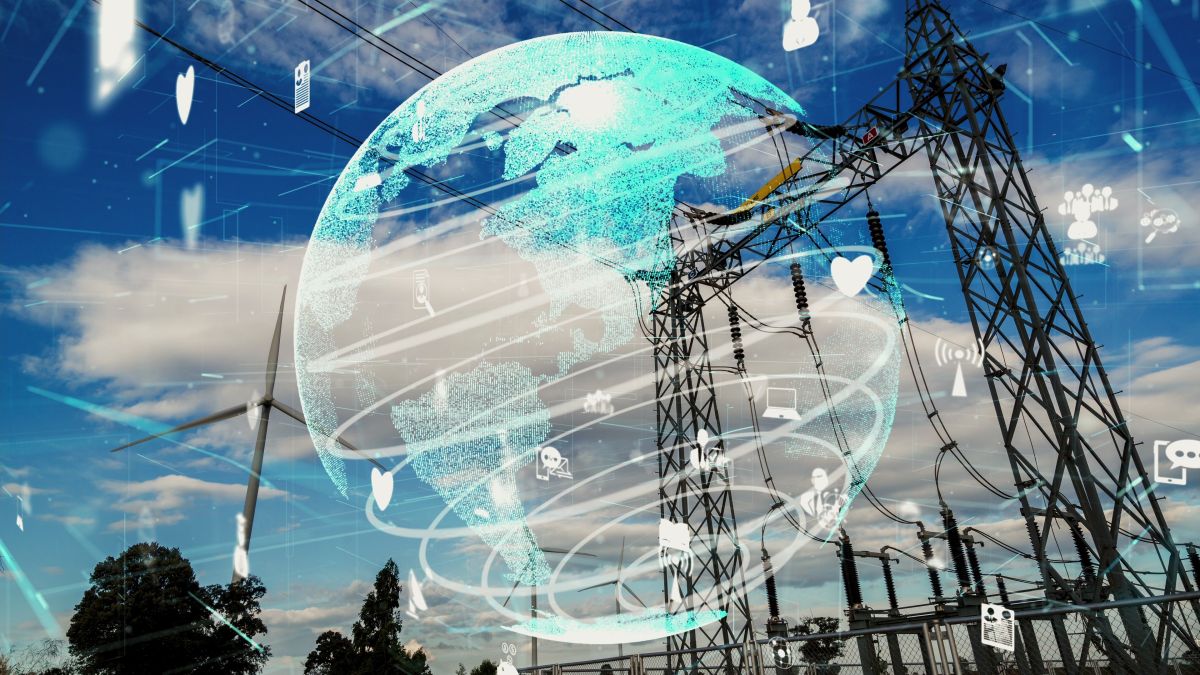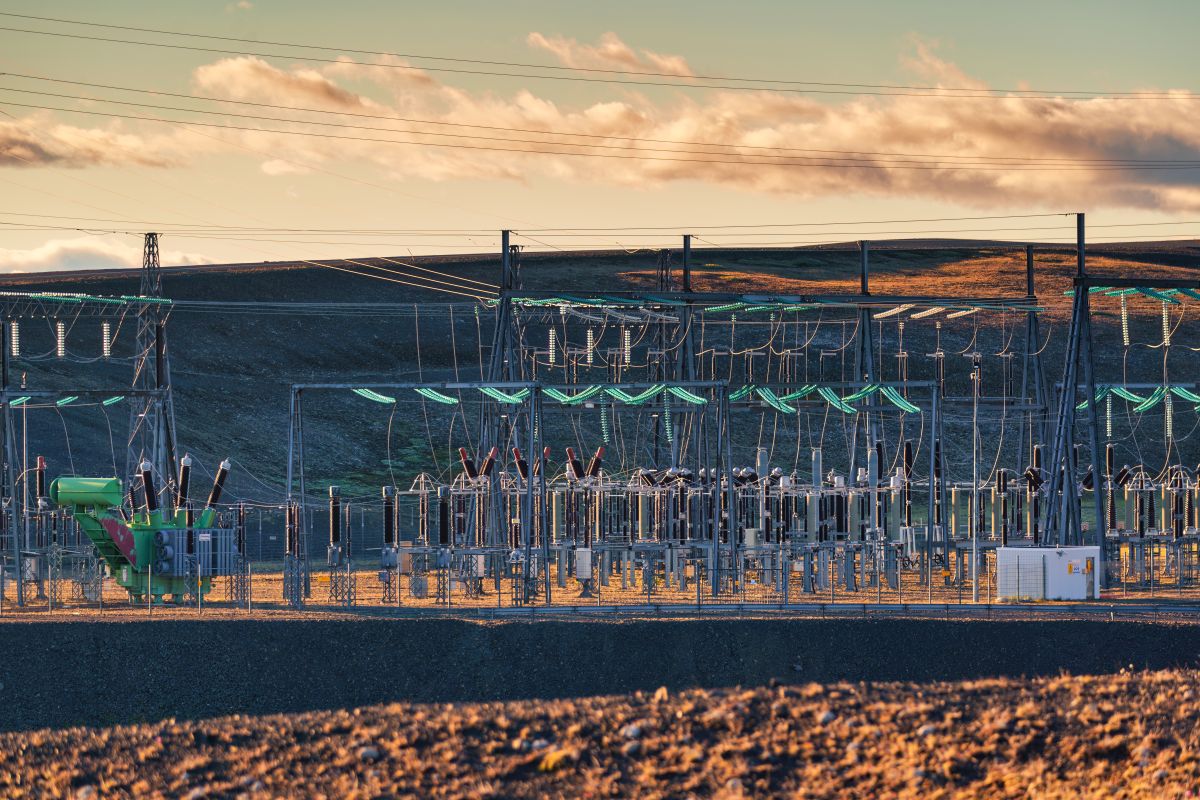Modern society depends on critical infrastructure such as power grids, water, transportation systems, and nuclear facilities. As these systems become more digitized and interconnected, they are seen as more attractive targets of cyberattacks. Attackers, either state-sponsored or motivated by financial gain, are finding vulnerabilities in Industrial Control Systems (ICS) and Operational Technology (OT)-based systems to wreak havoc, make financial gains, and even cause problems that may have safety implications.
The top ten cybersecurity threats to the critical infrastructure sectors are listed below with real-world examples and technical material suitable for implementation by compliance and risk management professionals.
1. Ransomware Targeting Operational Technology
Traditional IT systems ransomware is a significant threat to OT networks. Attackers can use poor segmentation between IT and OT layers in order to reach control systems. As a demonstration of the potential impacts of the ransomware, the 2021 attack on the Colonial Pipeline caused its fuel supply chains to cease and resulted in a state of emergency and widespread panic buying.
Key Impacts:
- Operational shutdowns
- Regulatory scrutiny
- Extended recovery timelines
2. Supply Chain Compromise
The critical infrastructure is increasingly dependent on third-party vendors to provide the software, hardware, and maintenance services. Attackers can use a compromised supplier as a point of entry. The hack on SolarWinds demonstrated how one trusted update might allow the attackers to access numerous agencies of the U.S. federal government and privately owned utilities.
Key Impacts:
- Undetected access to sensitive networks
- Data theft or manipulation
- Erosion of vendor trust
3. Unpatched Vulnerabilities in ICS Devices
A large number of industrial data control systems operate on legacy systems or older firmware. Programmable Logic Controllers (PLCs), Remote Terminal Units (RTUs), and SCADA systems with unpatched vulnerabilities are a prominent target of such an initiative. The exploitation of vulnerable devices is scanned on the internet with such tools as Shodan and Metasploit.
Key Impacts:
- Remote code execution
- Unauthorized process manipulation
- Persistent malware implants
4. Phishing and Social Engineering
Phishing is another type of attack that has very high efficiency despite the growing awareness of its possible appearance. Attackers pose as internal staff members or regulating authorities to get credentials or to execute malware. Phishing scams are frequently used as the beginning stage of more serious planned attacks on key frameworks.
Key Impacts:
- Credential theft
- Privilege escalation
- Insider compromise
5. Insider Threats and Privileged Access Misuse
Valid access to employees (current or former), subcontractors, and third-party service and product providers could intentionally or unintentionally threaten the security of the infrastructure. Improperly configured privileges, absence of auditing, or disgruntled insiders pose a risk of experiencing sabotage or data exfiltration.
Key Impacts:
- Unauthorized access to control systems
- Data breaches
- Physical safety hazards

6. Insecure Remote Access and VPN Exploits
Online monitoring and control features are now a necessity, but they present danger unless taken care of. It is possible to bypass perimeter defenses using VPNs that utilize obsolete encryption protocols, open Remote Desktop Protocol (RDP) ports, and poor multi-factor authentication.
Key Impacts:
- Network infiltration
- Malware delivery
- Loss of operational visibility
7. Lack of Network Segmentation
A flat network design in OT environments enables lateral movement once attackers breach the perimeter. Without robust segmentation between business IT and industrial control layers, threat actors can move from compromised endpoints to critical control systems with relative ease.
Key Impacts:
- Full-system compromise
- Loss of system integrity
- High regulatory fines
8. IoT and IIoT Device Exploitation
The growth of Internet of Things (IoT) and Industrial IoT (IIoT) devices in infrastructure adds new attack surfaces. These gadgets sometimes are not sufficiently encrypted, patched, or have authentication systems.
Key Impacts:
- Botnet creation
- Data leaks
- Service disruption
9. DDoS Attacks on Utility Services
Distributed Denial of Service (DDoS) is not necessarily complex and may saturate critical infrastructure. There is an increasing number of reported attacks on the customer portal, grid communications, or internal coordination systems of utilities and energy providers by using volumetric attacks.
Key Impacts:
- Public service outages
- Incident response delays
- Reputational damage
10. Compliance Gaps and Incomplete Cybersecurity Frameworks
A gap in a cybersecurity compliance program is one of the most serious yet frequently underrated threats. Poorly executed NERC CIP standards or the inability to complement and match the frameworks, such as NIST SP 800-82, may expose critical infrastructure to risks of indirect attacks even without being attacked directly.
Key Impacts:
- Increased risk of regulatory penalties
- Auditable non-compliance
- Limited incident resilience
Conclusion
The cybersecurity of critical infrastructure is a developing situation. With threat actors improving their skills to produce more focused and disruptive methodologies, the relevance of proactive security measures can hardly be overestimated. Operators are no longer in a reactive position and are actively creating secure access control systems, network segmentation, and periodic vulnerability scans. Here at Certrec, we know that compliance and security in regulated spaces are high-stakes matters. Our team of professionals assists organizations within the nuclear, electric, and energy sectors to provide the means and knowledge to enhance cyber resilience and comply with regulatory requirements.
1. How common are ransomware attacks on critical infrastructure?
2. What percentage of industrial control systems remain unpatched against known vulnerabilities?
3. How does phishing impact critical infrastructure sectors?
4. What is the financial impact of DDoS attacks on utility providers?
5. How do compliance gaps affect critical infrastructure cybersecurity?
Disclaimer: Any opinions expressed in this blog do not necessarily reflect the opinions of Certrec. This content is meant for informational purposes only.












